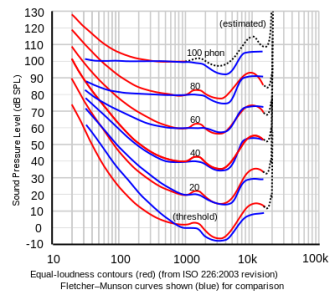Well, what is "misuse" anyway in this case, you should have asked. I was referring to exact that scenario, automatic adaption without the user being aware it's happening. Yes, there could be an on/off toggle switch that can be overlooked and the question of the default setting arises.
No, I don't feel the need to. As you said, purely a convenience feature to improve perceived illusion. Nothing "scientifically correct".
Sounds super easy to do. Not.

Normalisation doesn't even work very well with streaming services, where the entire song isfully known beforehand. How well could a playback device adapt to songs? Normalisation per song or per album? Per playlist? Good luck.
Up to now WiiM doesn't even have a workable way to level adjust different sources. And I have a feeling why they didn't dive too deep into it, yet. Unfortunately, sources like WiFi or HDMI ARC are not really
one source with a constant max. level. There could be other devices connected to the TV that connects to your amp that differ in level. The same is true for WiFi, trivially.
Having users input their speaker sensitivity would be catastrophic at best. This could be somewhat mitigated when room correction arrives, but that depends much on what mic will be used for this.
We haven't touched on the topic of required amplifier power and if there should be a full competition according to Fletcher Munson curves (which are averages, anyway), 20 Hz to 20 kHz ...
In the end I wouldn't mind if WiiM gave you a loudness feature (as long as.I can switch it off). I'm just explaining why I think that it is less precise and less useful as many might think. I'd just like to see WiiM spending their engineering resources differently.
Everyone is free to come to different conclusions and vote this request up, of course. I just won't, like with those issued before.


